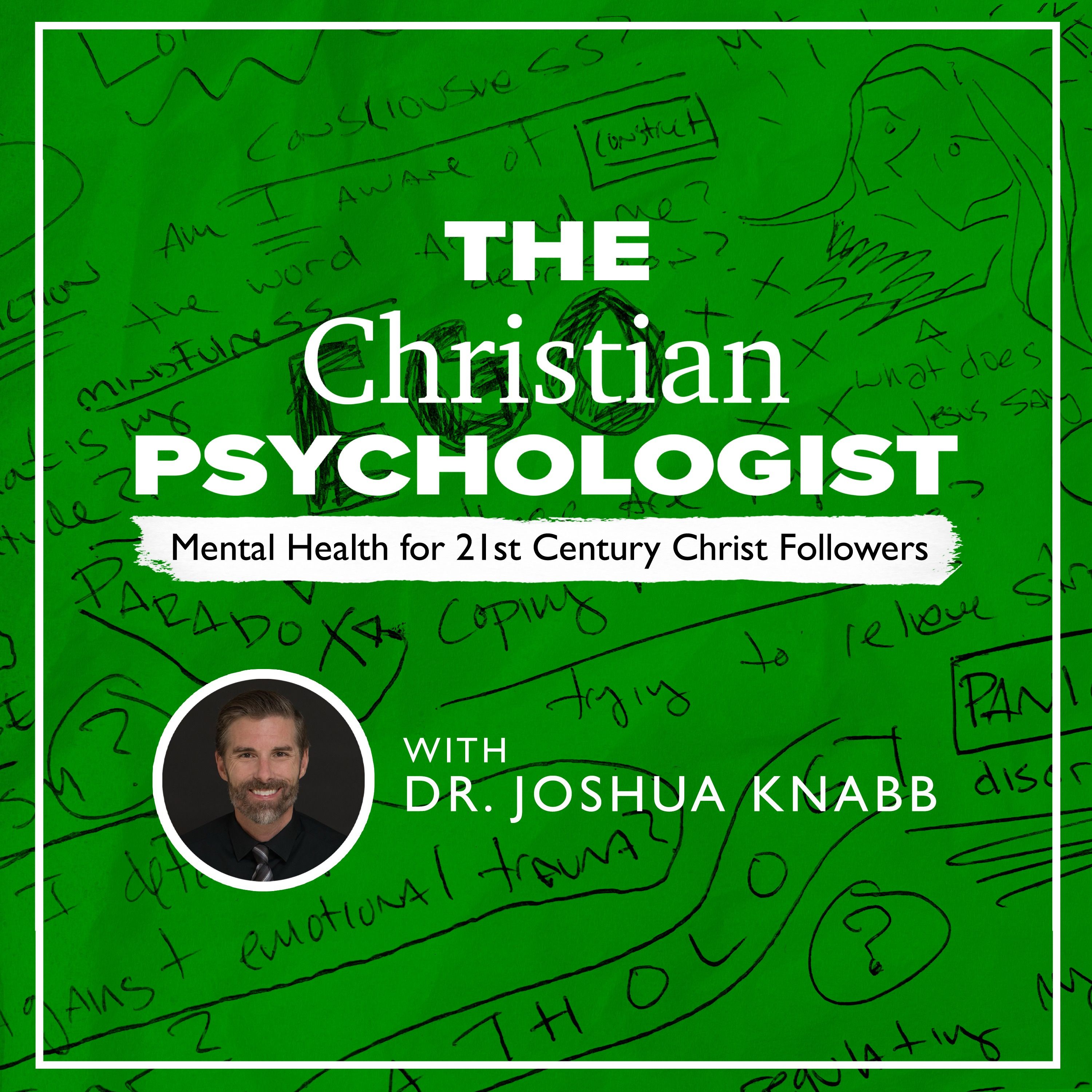- After-Shows
- Alternative
- Animals
- Animation
- Arts
- Astronomy
- Automotive
- Aviation
- Baseball
- Basketball
- Beauty
- Books
- Buddhism
- Business
- Careers
- Chemistry
- Christianity
- Climate
- Comedy
- Commentary
- Courses
- Crafts
- Cricket
- Cryptocurrency
- Culture
- Daily
- Design
- Documentary
- Drama
- Earth
- Education
- Entertainment
- Entrepreneurship
- Family
- Fantasy
- Fashion
- Fiction
- Film
- Fitness
- Food
- Football
- Games
- Garden
- Golf
- Government
- Health
- Hinduism
- History
- Hobbies
- Hockey
- Home
- How-To
- Improv
- Interviews
- Investing
- Islam
- Journals
- Judaism
- Kids
- Language
- Learning
- Leisure
- Life
- Management
- Manga
- Marketing
- Mathematics
- Medicine
- Mental
- Music
- Natural
- Nature
- News
- Non-Profit
- Nutrition
- Parenting
- Performing
- Personal
- Pets
- Philosophy
- Physics
- Places
- Politics
- Relationships
- Religion
- Reviews
- Role-Playing
- Rugby
- Running
- Science
- Self-Improvement
- Sexuality
- Soccer
- Social
- Society
- Spirituality
- Sports
- Stand-Up
- Stories
- Swimming
- TV
- Tabletop
- Technology
- Tennis
- Travel
- True Crime
- Episode-Games
- Visual
- Volleyball
- Weather
- Wilderness
- Wrestling
- Other
Episode 13: Attachment
ReferencesBartholomew, K., & Horowitz, L. (1991). Attachment styles among young adults: A test of a four-category model. Journal of Personality and Social Psychology, 61, 226-244.Beeke, J., & Jones, M. (2012). A Puritan theology: Doctrine for life. Reformation Heritage Books.Bretherton, I. (1985). Attachment theory: Retrospect and prospect. Monographs of the Society for Research in Child Development, 50, 3-35.Brown, D., & Elliott, D. (2016). Attachment disturbances in adults: Treatment for comprehensive repair. W. W. Norton & Company.Clinton, T., & Sibcy, G. (2002). Attachments: Why you love, feel, and act the way you do. Thomas Nelson Publishers.Clinton, T., & Straub, J. (2010). God attachment: Why you believe, act, and feel the way you do about God. Howard Books.Feeney, B., & Collins, N. (2004). Interpersonal safe haven and secure base caregiving processes in adulthood. In W. Rholes & J. Simpson (Eds.), Adult attachment: Theory, research, and clinical implications (pp. 300-338). The Guilford Press.Hall, T., Fujikawa, A., Halcrow, S., Hill, P., & Delaney, H. (2009). Attachment to God and implicit spirituality: Clarifying correspondence and compensation models. Journal of Psychology and Theology, 37, 227-242.Karen, R. (1994). Becoming attached: First relationships and how they shape our capacity to love. Oxford University PressKnabb, J. (2018). The compassion-based workbook for Christian clients: Finding freedom from shame and negative self judgments. Routledge.Knabb, J. (2021). Christian meditation in clinical practice: A four-step model and workbook for therapists and clients. InterVarsity Press.Knabb, J., & Wang, K. (2021). The Communion with God Scale: Shifting from an etic to emic perspective to assess fellowshipping with the Triune God. Psychology of Religion and Spirituality, 13, 67-80.Knabb, J., Johnson, E., Bates, T., & Sisemore, T. (2019). Christian psychotherapy in context: Theoretical and empirical explorations in faith-based mental health. Routledge.Mikulincer, M., & Shaver, P. (2007). Attachment in adulthood: Structure, dynamics, and change. The Guilford Press.Owen, J. (2007). Communion with the Triune God.Crossway Books.Willis, W. (2000). Fellowship. In D. Freedman (Ed.), Eerdmans dictionary of the Bible (p. 460). Wm. B. Eerdmans Publishing Co.

